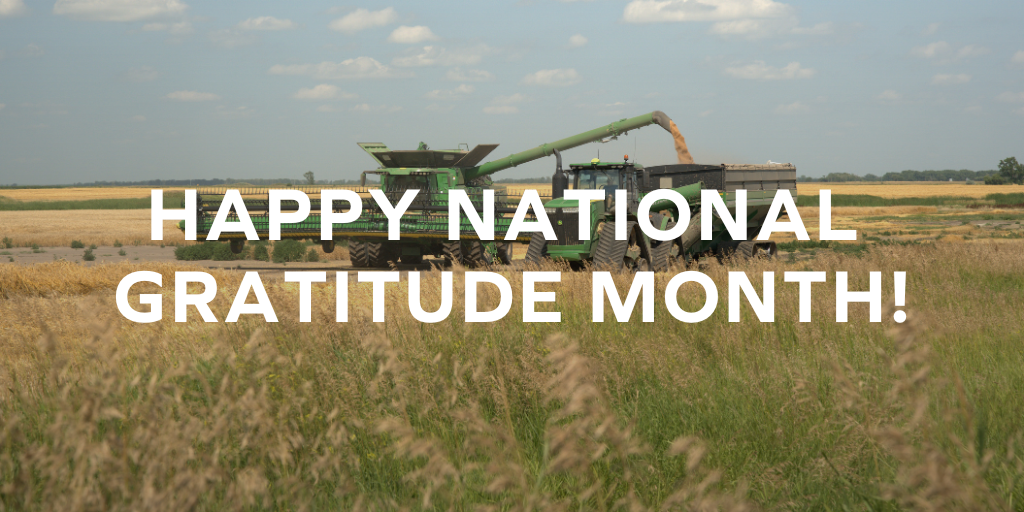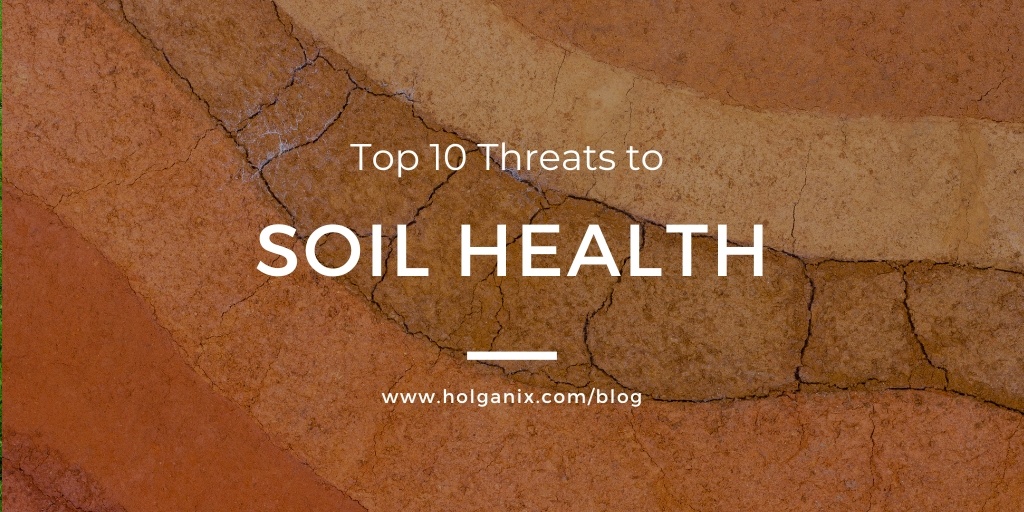.png?width=650&name=Blog%20headers%20%232%20(2).png)
While the early part of winter was relatively mild for many, February has turned brutal. Freezing temperatures, snow and ice absolutely have impacts on soil biology and therefore soil health. So, what happens to soil when it freezes? Does temperature matter, or does the number of freeze-thaw cycles that occur? Most important, what can growers do to protect soil health?
While these questions seem simple, science doesn’t always give simple, straightforward answers. However, one thing is clear; freezing kills many soil microbes.
Water inside microbes (bacteria, fungi, protists) will form ice crystals and lyse, or burst, the cells. Studies show that freezing at any temperature significantly reduces microbial biomass, with lower temperatures having a greater impact than temperatures just below freezing. Repeated freeze-thaw cycles don’t matter as much; the initial freeze event has the greatest impact. Soil moisture also plays a role, with drier soils freezing faster and generally showing more damage to the microbial community than moist soils.
What happens to soil microbe populations during a freeze?
First, some soil microbes are cold-tolerant, and soils in locations that typically see extended periods of freezing have more cold-tolerant species. In other words, soils in Minnesota would be expected to have more cold-tolerant species than in Texas, which may have very few cold-tolerant species. This suggests soils in colder climates may recover faster after freezing than soils where freezing is less common.
However, freezing still impacts soils in both locations. Regardless of whether that freeze occurred in Minnesota or Texas, freezing not only reduces total microbial biomass, but also impacts community structure, damaging some microbial types more than others.
Some beneficial phyla of bacteria are impacted more than others. This can throw the soil microbiome out of balance, especially in early spring when soil microbes are vital to nutrient cycling and supporting early crop establishment. So, while a colder climate soil may have more cold-tolerant species, freezing alters the relative ratio of different beneficial microbial types. Since different microbe types perform different functions, soil functional capabilities will be altered after a freeze event.
When microbial cells lyse from freezing, their contents are released as nutrients in the soil. These nutrients are most available to surviving bacteria, so the types of bacteria that survive a freeze event recover faster than other bacterium types and fungi, further altering the ideal ratio between microbe types (click here and here for more information).
If the ground is tilled in the spring, the burst of oxygen created by exposing the ground to air favors bacterial growth, contributing even more to changes in the microbial community. Studies show freeze-thaw cycles can substantially alter soil nitrogen-carbon cycles which are largely dictated by soil microbes, and these cycles are essential to soil health and plant growth.
Restoring Soil Functionality
Bringing balance back to the microbial community ensures a fully functional soil. A recently published study shows biologically healthy soils produce greater corn yields per unit of fertilizer.
One easy way to bring back balance to the soil microbial community is to use Holganix Bio 800+ Agriculture. Bio 800+ has over 800 species of bacteria, fungi, and protozoa, giving your ground a complete dose of every needed species for fully functional soil.
Other practices including reduced or no-till and using cover crops helps ensure the microbial community has plenty of organic matter to help build soil structure and function. Further, freeze-thaw cycles can disrupt soil structure leading to increased erosion and nutrient loss in the spring. Using Bio 800+ and keeping the ground covered will help minimize the impact of freezing and keep your ground in shape for plant 2021.
Holganix Bio 800+ Agriculture: Dig Into the Science
The health and vitality of your crops and soils are of the utmost importance to us. That’s why we put Holganix Bio 800+ Agriculture to the test.
Over the past four years, we have compiled data on several crops in several geographic zones to deepen our understanding of how Holganix Bio 800+ Agriculture can help farmers maximize yields, and improve soil health and plant strength. Learn more about our studies by clicking the links below.


 |
March 3, 2021
|
9:20 PM
|
March 3, 2021
|
9:20 PM
-2.jpg)
.jpg)

.jpg)
-1.jpg)
-1.jpg)
-2.jpg)
.jpg)

.jpg)
-1.jpg)
-1.jpg)



.png?width=650&name=Blog%20headers%20%232%20(2).png)


.webp)
-1%20(1).webp)
-831535-2.webp)



.jpg)

.png)